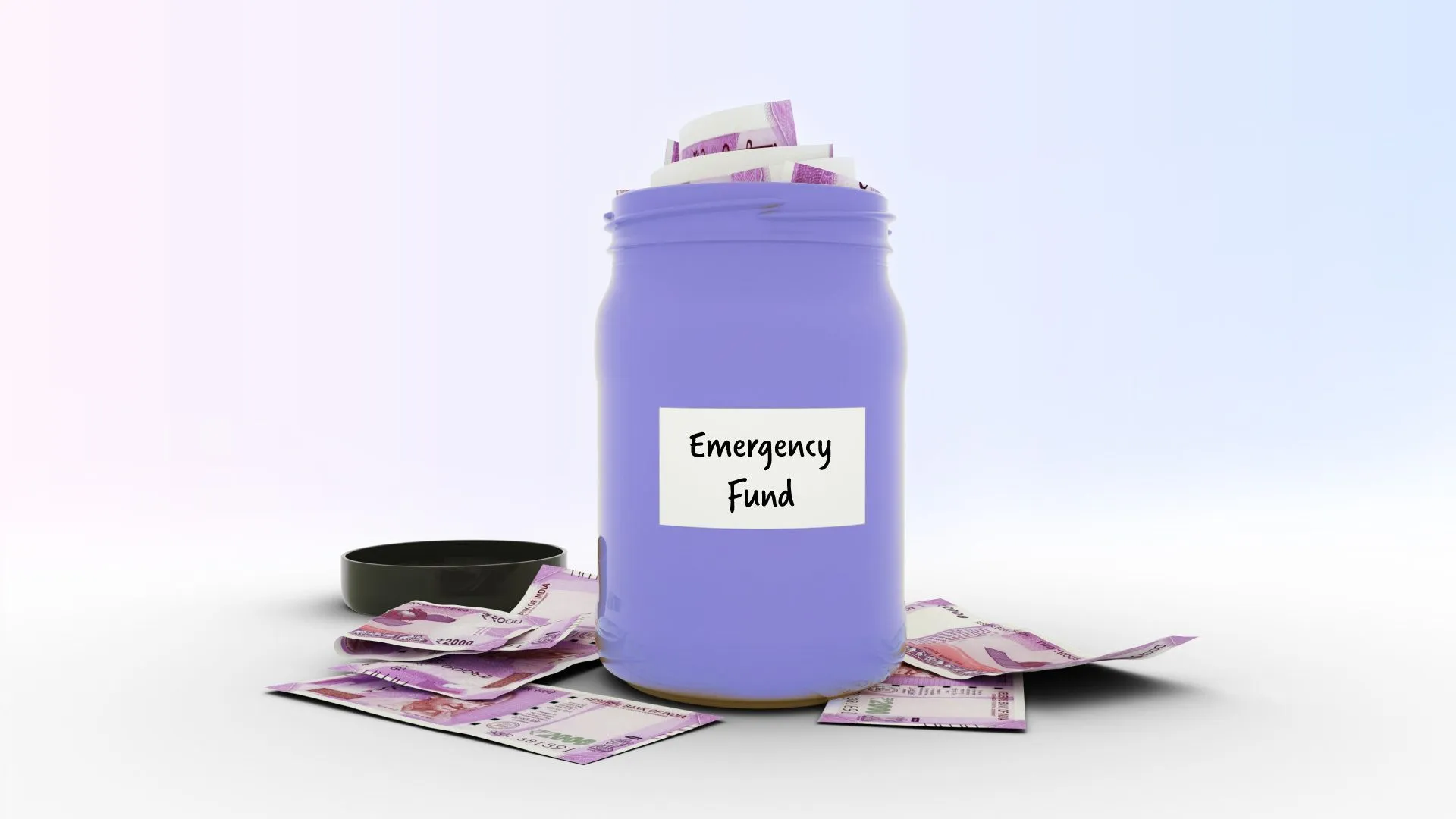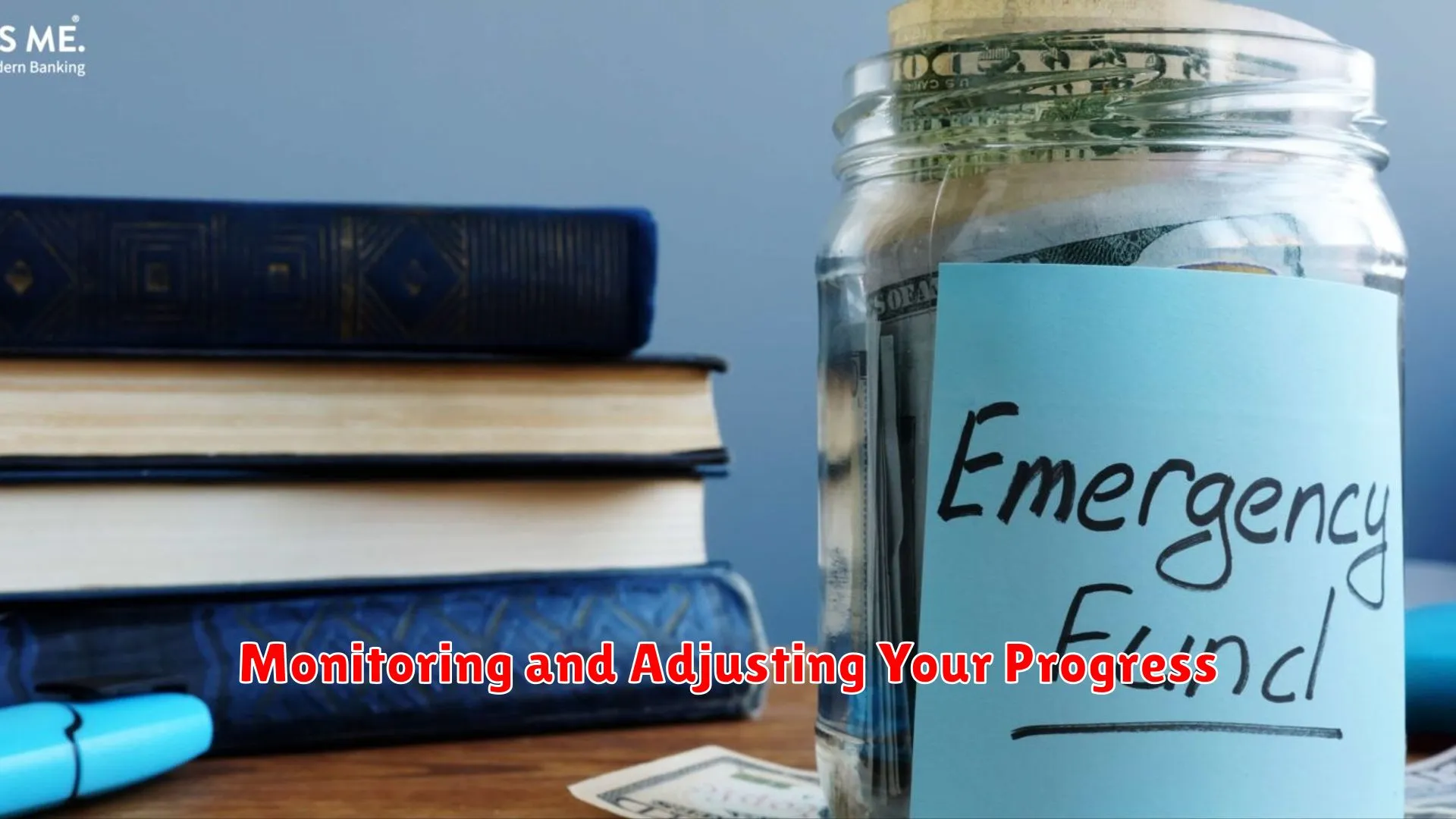Discover how implementing simple yet effective savings strategies can help you build an emergency fund effortlessly. From setting realistic goals to automating your savings, learn the secret to achieving financial security and peace of mind.
Why You Need an Emergency Fund

Having an emergency fund is essential for financial security and peace of mind. Life is unpredictable, and unexpected expenses can arise at any moment. Here’s why you need to build and maintain an emergency fund:
1. Financial Protection
An emergency fund acts as a safety net during times of crisis. Whether it’s a sudden medical expense, car repair, or job loss, having savings set aside can prevent you from going into debt or having to rely on high-interest loans.
2. Avoiding Stress
Not having a financial cushion in place can lead to stress and anxiety when faced with emergencies. Knowing you have funds set aside for unexpected situations can provide a sense of security and reduce financial worries.
3. Preventing Debt
Without an emergency fund, you may be forced to resort to borrowing money to cover sudden expenses. This can lead to accruing debt that may take years to pay off, causing more financial strain in the long run.
4. Building Financial Discipline
Creating an emergency fund requires discipline and regular saving habits. It helps instill financial discipline by encouraging you to set aside a portion of your income for future needs, promoting better money management skills.
By understanding the importance of having an emergency fund, you can start building one effortlessly to safeguard your financial well-being.
Setting Your Savings Goal

One of the first steps in effortlessly building an emergency fund is setting a realistic savings goal. Your savings goal should reflect the amount of money you would need to cover three to six months’ worth of living expenses in case of an emergency. Start by calculating your monthly expenses, including rent or mortgage payments, utilities, groceries, insurance, and other essential costs.
Once you have a clear picture of your monthly expenses, multiply that amount by the number of months you want to save for. This will give you a target to aim for when building your emergency fund. Remember, the goal is to have enough savings to cover your living expenses comfortably in case of unexpected events like job loss or medical emergencies.
To make your savings goal more achievable, consider breaking it down into smaller milestones. Set short-term goals to save a certain amount each month or week, gradually working your way towards your ultimate savings target. By setting clear and attainable goals, you can stay motivated and track your progress effectively.
Remember, the key to building an emergency fund effortlessly is to stay consistent with your savings habits. Even if you can only save a small amount each time, every contribution brings you closer to your goal. By setting a savings goal that is tailored to your needs and maintaining a disciplined approach, you can secure your financial future and be prepared for any unexpected financial challenges that may arise.
Creative Ways to Save Money

When it comes to building an emergency fund effortlessly, there are several creative ways to save money that can help you reach your financial goals without feeling deprived. Here are some strategies to consider:
1. Automate Your Savings
Set up automatic transfers from your checking account to your savings account each month. This way, you’ll be consistently putting money aside without having to think about it.
2. Embrace the 24-Hour Rule
Before making any non-essential purchases, give yourself 24 hours to think it over. Many times, you’ll find that the impulse to buy fades, saving you money in the process.
3. Cut Back on Subscription Services
Review your monthly subscriptions and consider cutting back on ones you don’t use frequently. This can free up extra funds that can go towards your emergency fund.
4. DIY Instead of Buying
Try your hand at DIY projects instead of purchasing items or services. Not only can this be a fun and creative way to save money, but it can also help you learn new skills.
5. Cash In on Cashback Rewards
Take advantage of cashback rewards programs from your credit cards or apps. By using these rewards wisely, you can pad your emergency fund little by little.
6. Meal Prep and Cook at Home
By planning and preparing your meals at home, you can significantly reduce your food expenses. This simple habit can lead to substantial savings over time.
Automating Your Savings

Automating your savings is a key strategy in effortlessly building an emergency fund. By setting up automatic transfers or deposits from your paycheck to a dedicated savings account, you can ensure that a portion of your income goes directly towards your emergency fund without you having to actively think about it.
One effective way to automate your savings is to set up recurring transfers on your online banking platform. This allows you to schedule regular transfers from your checking account to your emergency fund account, whether it’s weekly, bi-weekly, or monthly.
Another method is to use apps or tools that round up your everyday purchases to the nearest dollar and deposit the spare change into your savings account. This not only makes saving more seamless but also helps you grow your emergency fund gradually over time.
Remember, consistency is key when it comes to automating your savings. By making it a habit to set aside a portion of your income regularly, you can ensure that your emergency fund continues to grow steadily, providing you with a financial safety net for unexpected expenses.
Monitoring and Adjusting Your Progress

As you work towards building an emergency fund effortlessly, it is crucial to regularly monitor and adjust your progress to ensure you stay on track and reach your financial goals. Here are some essential steps to effectively monitor and adjust your progress:
1. Set Clear Milestones
Start by setting clear milestones for your emergency fund savings. Whether it’s reaching a specific dollar amount or saving a certain percentage of your income, having measurable goals will help you track your progress more effectively.
2. Regularly Review Your Finances
Take time to regularly review your finances to see if you are staying within your budget and meeting your savings targets. This can help you identify any areas where you may need to adjust your spending to ensure you are saving enough for your emergency fund.
3. Automate Your Savings
Consider automating your savings by setting up automatic transfers from your paycheck to your emergency fund. This can help you consistently save without having to think about it, making it easier to stick to your savings plan.
4. Track Your Progress
Utilize tools and apps to track your progress towards building your emergency fund. Seeing how far you’ve come can be motivating and inspire you to keep going, even when faced with obstacles.
5. Make Adjustments When Necessary
Be flexible in your approach and be willing to make adjustments to your savings plan if needed. Life circumstances may change, so it’s important to adapt your savings strategy accordingly to ensure you continue making progress towards your emergency fund goal.
Conclusion
In conclusion, automating savings, tracking expenses, and setting realistic goals are key to effortlessly building an emergency fund.




